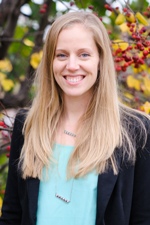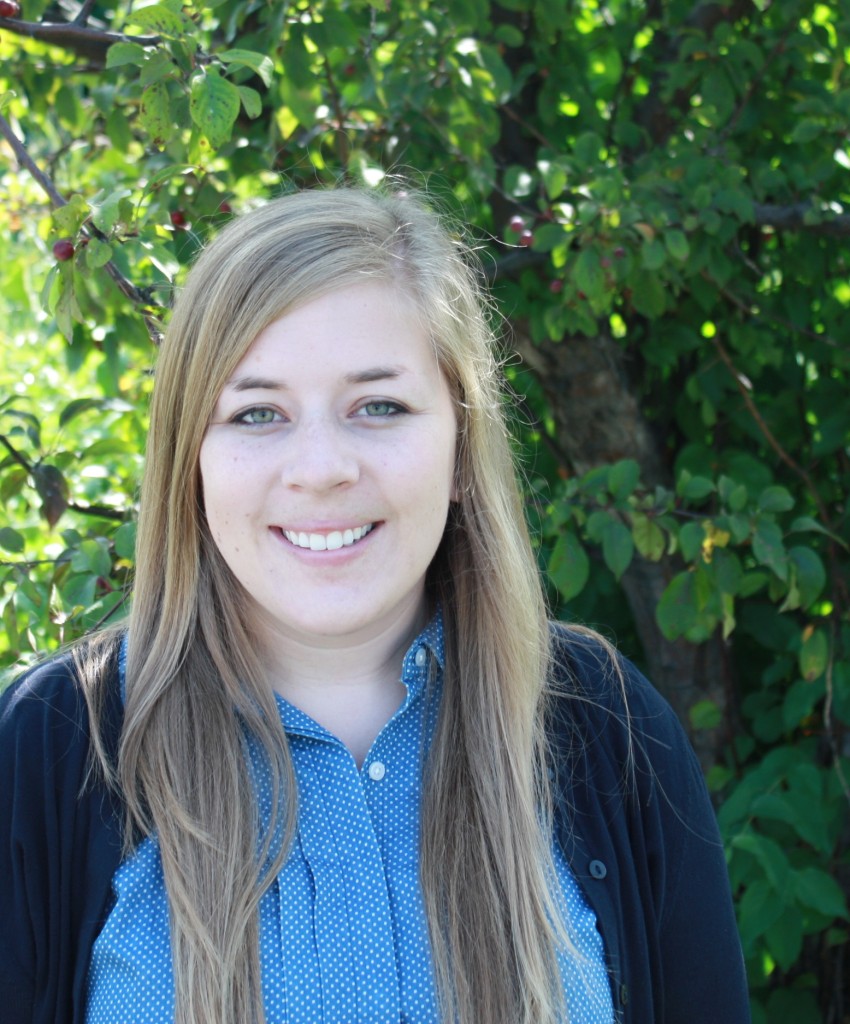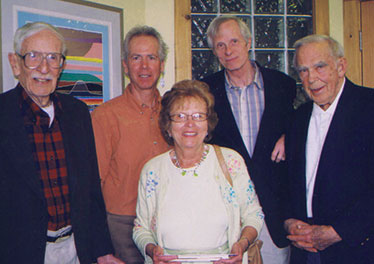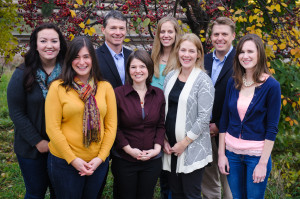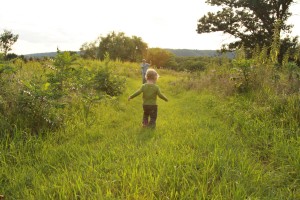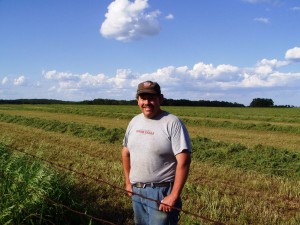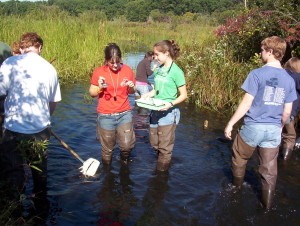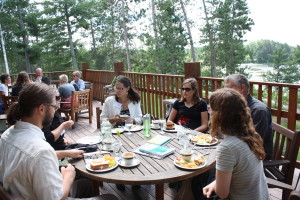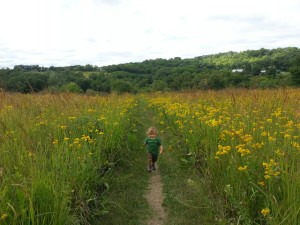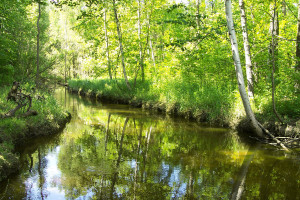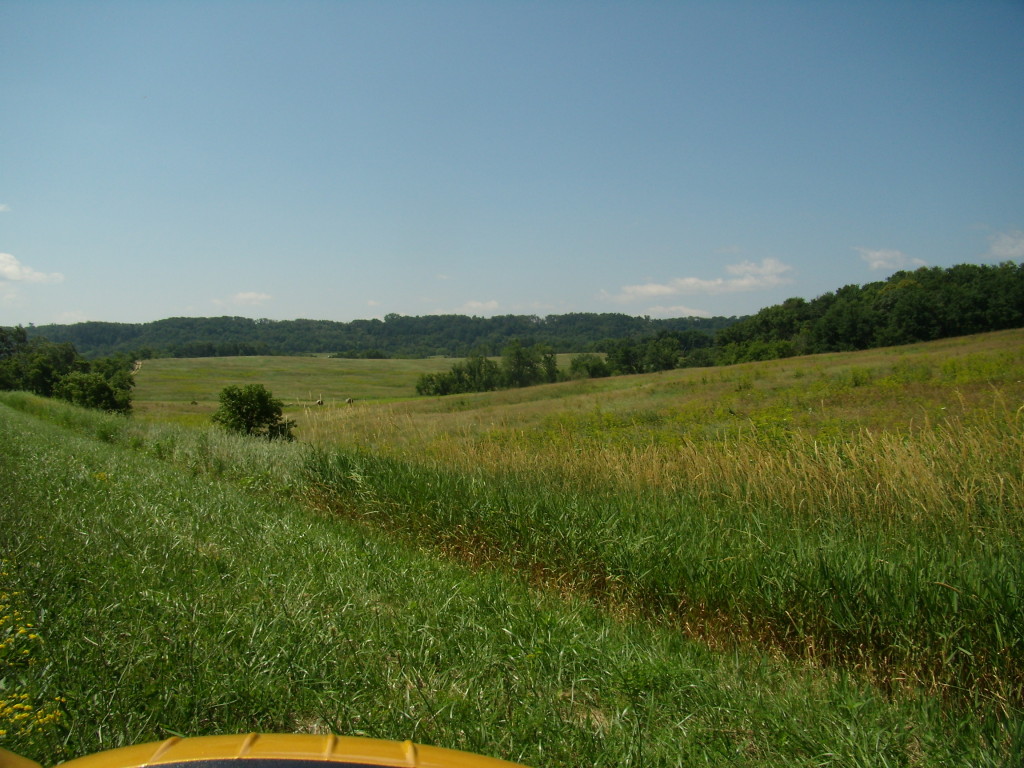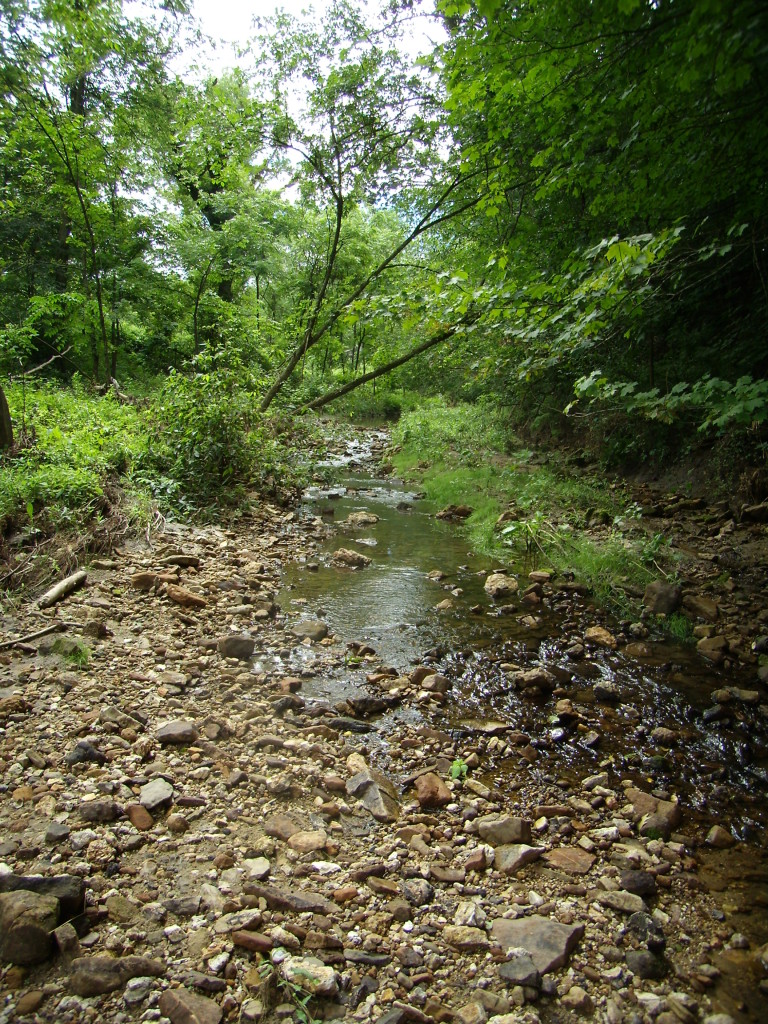Both Jim Benn and Louise Benn Barnard have fond childhood memories of living in Rosholt and know how much the area meant to their father, Dr. Vernard Benn.
Jim Benn said his father, who has since passed away, loved living and working in the area since the day he moved to Rosholt in 1937. Dr. Benn served in the area for 49 years, retiring in 1985, and delivered more than 5,000 babies.
“He treated the town as his office,” Jim Benn said. “He was a hunter and fisherman, and was known for playing hooky whenever he could to go out and spend time in the woods.”
Louise Benn Barnard said she always remembers hiking from their home to the land on Sunday afternoons, and how much she enjoyed playing there as a child.
“We’re thrilled to give this land to these people, because they will enjoy those little things as much as we did.” (Louise Benn Bernard)
These sentiments led the brother and sister, who now live in Massachusetts and California, respectively, to decide the 35 acres their family owned just behind the Rosholt School District should be enjoyed by students and the community.
“It was truly magical, and I knew when I moved I’d always miss Wisconsin,” said Benn Barnard. “We’re thrilled to give this land to these people, because they will enjoy those little things as much as we did.”
After receiving the property, now known as the Vernard A. Benn Conservancy, the school district contacted their local land trust, North Central Conservancy Trust (NCCT) to ensure that it would remain protected, forever. Together, the school district and NCCT designed an easement, which lays out the terms through which the land will be protected.
The property includes much of the Rosholt Millpond and has long been maintained as a nature conservancy, with a trail system designed and cared for by students of the district, and now it is guaranteed to remain this way, benefiting the health and well being of the community for generations to come. As Jo Seiser (the Executive Director of NCCT at the time) explains, “as part of the easement, the property must continue to be used as an area for students and the public and cannot be developed or divided. The trust will inspect the property annually to ensure it is maintained.”
Students and other community members will be able to enjoy this beautiful property forever.
The community was so thankful for this gift that the school district organized an Earth Day assembly, to thank the Benn family for its donation. The assembly included musical performances by students and statements of appreciation from students and members of the community. “This donation will ensure that this spectacular piece of nature, which is right in our backyard, will be there for the use of our students,” Rosholt District Administrator Marc Christianson said.
Students and other community members will be able to enjoy this beautiful property forever - what a wonderful gift from the Benn family and North Central Conservancy Trust to the Village of Rosholt! This is a great example of why we work so hard to strengthen all of Wisconsin’s land trusts. The value they offer their communities is priceless and permanent.
